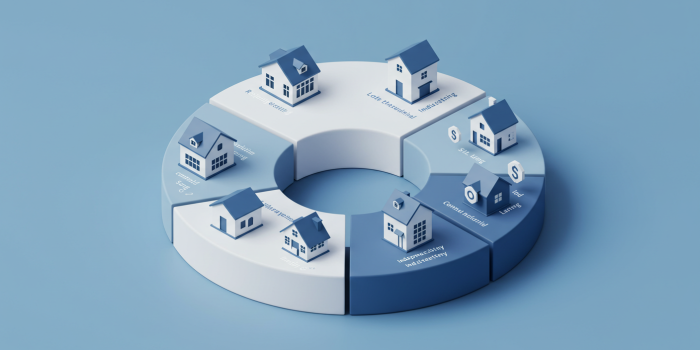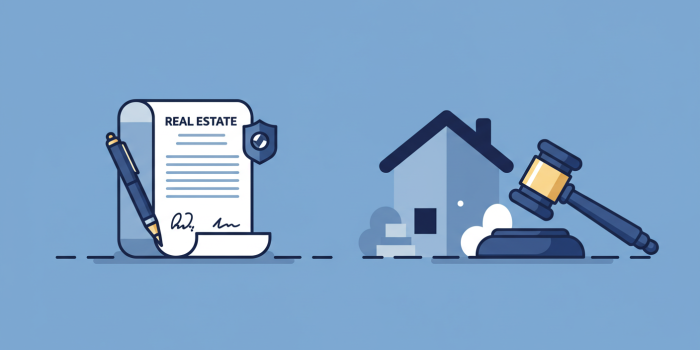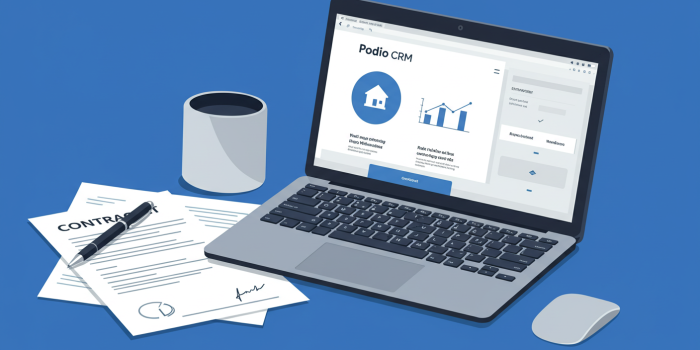Especially for beginners who wish to start without having a lot of money, real estate wholesaling provides a great starting point into the realm of real estate investing. Finding inexpensive homes, placing them under contract, then selling the contract to an end buyer for a profit is the wholesaling process. The best thing is that your emphasis is on matching motivated sellers with real estate investors, hence you do not have to purchase the property outright.
From the first concept to starting a profitable real estate wholesale company, this article will walk you through every stage.
First: Know Real Estate Wholesaling
One must first understand the foundations of real estate wholesaling before jumping in. The business model follows this:
- Discover properties owned by motivated sellers that are underpriced or in need of quick cash, especially those threatened by foreclosure.
- Under contract, get the property. You work with the seller to have the house under contract for less than market value.
- Assign the contract to another buyer—usually an investor or house flipper—instead of buying the property yourself for a more expensive price.
- Your profit is the difference between the price you agreed upon with the seller and the buyer’s contract payment.
Second Step: Investigate Your Sector
You must know your local real estate market before beginning wholesaling. Pay close attention to researching:
- Neighborhoods: Find out which places investors and buyers demand most. Search for markets where investors are actively looking for possibilities and houses are selling fast.
- Values for Property: Find a good deal when you come across one by knowing the typical home costs in your desired locations.
- Kinds of Purchasers: Find out about your possible buyers—cash investors, house flippers, landlords, etc. Know the kinds of bargains people search for.
Action Objects:
- View internet listing sites including Redfin, Realtor.com, and Zillow.
- Go to local real estate investor (REI) events to learn about the kinds of homes purchasers are drawn to.
Third step: create your real estate network.
Your network determines much of your success in real estate wholesaling. You need a sizable pool of ready-to-buy investors and purchasers ready for fast purchases.
Important Connections:
- Investors able to quickly purchase properties without depending on finance are known as cash buyers.
- Real estate agents can assist you in locating leads and expedite sales of contracts.
- Title Entities: Make sure your trades and contracts are ready to close legally.
Items of Action:
- See local events, real estate conferences, and REI meetings.
- Get the investor contact to create your buyer’s list.
- Join Facebook groups and BiggerPockets among online wholesaling communities.
Fourth: Draft a business plan.
It’s time to create a clear business plan once you know the market and have begun networking. Your company plan should specify:
- Business Objectives: In what direction do you wish to go? Monthly offers count: how many? Profit per deal—how much?
- Specify the areas and kinds of homes you would particularly target.
- Strategy for Marketing: How are motivated vendors going to be found? You’ll employ digital marketing, cold phoning, or direct mail?
- Operational Plan: Which systems will you apply to handle contracts and monitor leads? Will you work alone or call upon assistants?
Action Plans:
- Jot down your vision and company objectives.
- Describe the actions you will follow in search of buyers and properties.
Fifth: Create Your Business and Legal Structure
You have to build a legal framework for your company before you start closing sales. Operating under a Limited Liability Company (LLC), most real estate wholesalers guard personal assets and build confidence with sellers and purchasers.
- Register your company: Create an LLC then register it with your state.
- Get Essential Licenses: To wholesale legally in some states, you may need a real estate license.
- Get an account with Business Bank: Create a separate company bank account to help you keep your money orderly.
- Contractual templates: See a real estate attorney about your contract templates—buying agreements and assignment contracts, for example.
Items of Action:
- Using your state’s business site or LegalZoom, create an LLC.
- See a real estate attorney for guidance on wholesale in your state.
Sixth: Identifying Motivated Sellers.
It’s time now to begin looking for offers. Finding sellers driven to sell at a bargain will determine your success in real estate wholesale. Among these vendors might be:
- Faced with divorce, requiring quick money, or foreclosure, stressed homeowners must cope.
- Renters who live far away or want the headache of tenant management gone are known as absentee owners.
- Sellers of a house they wish not to keep inherited properties.
Marketing Techniques:
- Direct mail campaigns: Send letters or postcards to housekeepers willing to pay cash for your property.
- Post signs bearing phrases like “We Buy Houses for Cash” in areas of your community.
- Use public records or buy lists of troubled homes to personally call them.
Action Plans:
- Using public records, absentee owner lists, or probate leads, compile a list of unhappy property owners.
- Decide on a marketing plan—direct mail, cold phoning, bandit signs, etc.—then begin running it.
Seventh: Get Contractual Properties
Once you identify a motivated seller, you will have to bargain to have the house under contract for less than market value. Verify that:
- Value of Research Properties: To project the after-repair value (ARV) of the property, use internet tools or call agents.
- Bargain on the price. Try to lock the property at 70% of the ARV, less any repairs that are required.
- Employ an Assignment Clause. Make sure your contract has an “assignment” clause letting you pass it on to another buyer.
Action Objects:
- Show sellers your negotiating techniques to guarantee homes at the greatest possible price.
- Make sure every contract you have an assignment clause in it.
Eighth: Create Your List of Buyers
You will need to have a list of purchasers ready to buy the deals when you begin acquiring homes under contract. Your buyer’s list should ideally be developed before you even have a contract on your first property under offer.
Strategies for creating the list of buyers:
To meet cash buyers, go to local REI meetings and networking events.
- Social Media: Share on Facebook, LinkedIn, and BiggerPockets the available real estate investment groups offers.
- Email/ SMS marketing: Send a newsletter or SMS routinely to your buyer’s list, including updates about open homes.
Items of Action:
- Create an email investor database or list starting here.
- Networking and marketing your offers will help you to constantly add fresh clients to your list.
Ninth: Assign the Contract
Assigning the contract comes around once a buyer shows interest in the property. The process follows this:
- Sign an Assignment Contract: For a charge, this officially passes your original purchase agreement from the seller to the buyer.
- Get Your Wholesale Fee. Usually, the difference between the price you decided upon with the seller and the price the buyer is ready to pay is the assignment fee paid by the buyer.
- The buyer and seller agree with a title company, and you get paid after the transaction is finished.
Items of Action:
- Handle the closing working with a title company.
- Verify the assignment contract is legally solid and safeguards your rights.
Tenth: Rinse and Repeat
Hello! You closed your first wholesale agreement. It is now time to scale your company and improve your procedures. Leverage your first deals’ data and experience to enhance buyer outreach, lead management, and marketing plans.
Action List:
- Track your average deal size and lead conversion rate among other key performance indicators (KPIs).
- Maintaining a full pipeline requires ongoing networking, marketing, and sourcing negotiations.
Ultimately, with minimum capital, real estate wholesaling is a great approach to enter the real estate investment scene. From idea to begin and build a lucrative wholesaling company, this detailed guide will help you. You will be well on your way to success if you work hard, consistently, and pay attention to locating the correct bargains.
Consider adopting REI Podio CRM by Integroforce for top of a top-of-the-line CRM system that simplifies your workflows, automates follow-up, and enables you to scale your company if you’re ready to grow your wholesaling company.











